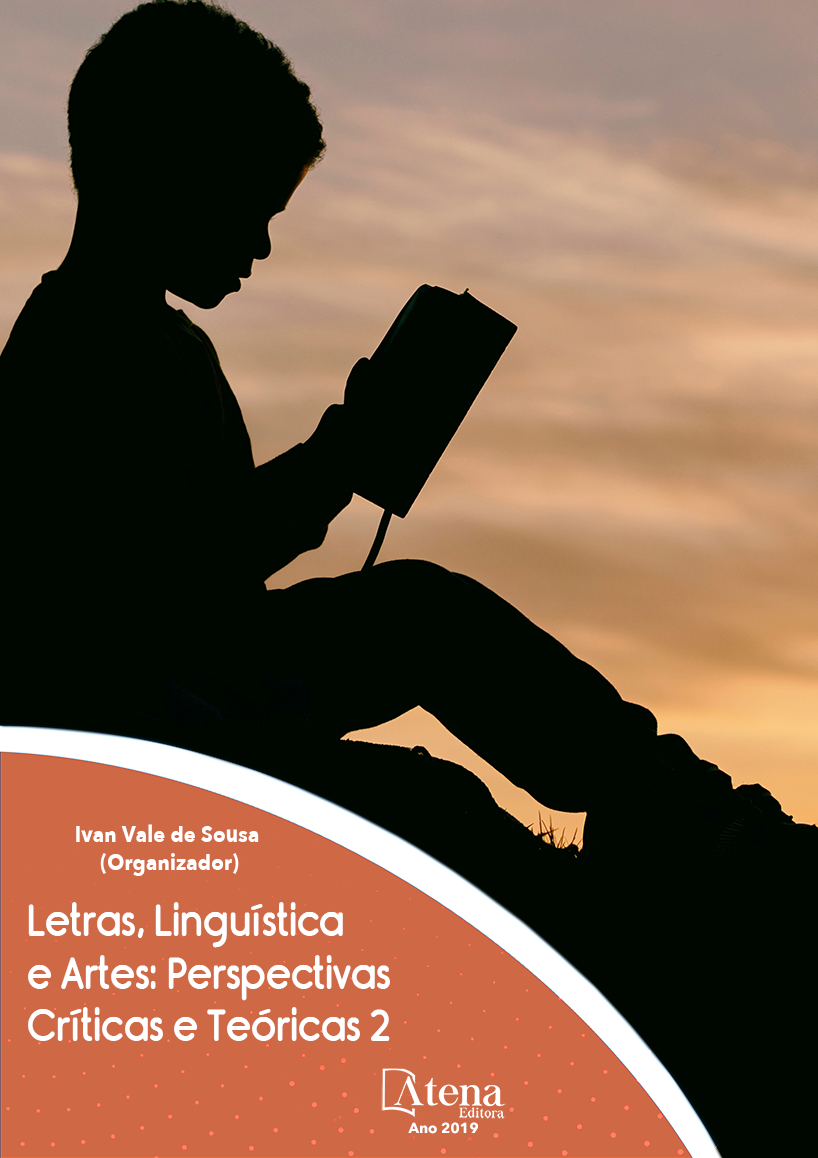
O Internetês na escola
O presente trabalho tem o objetivo
de alavancar discussões sobre a inclusão do
internetês como prática escolar, numa tentativa
de aproximação do ensino da língua portuguesa
com a realidade dos alunos, ou seja, a vivência
do aluno com a modalidade oral da língua e com
a escrita da internet servirá de embasamento
para o desenvolvimento as língua escrita,
contribuindo assim, para leitores e escritores
proficientes. O trabalho tem como foco principal
o uso das abreviaturas convencionais e digitais
constatando que as mesmas fazem parte de
práticas/letradas e que é um recurso usado
tanto na escrita formal, o caso das abreviaturas
convencionais, como nos bate-papos
(abreviaturas digitais). O trabalho, também, traz
discussões sobre as relações entre tecnologia
e linguagem. Inclui ainda discussões sobre
língua falada e língua escrita, na perspectiva de
que as duas não são dicotômicas e que existem
mais pontos semelhantes do que diferente
entre as duas modalidades. O trabalho com
a linguagem digital significa colocar o aluno
em contato com a língua em uso, além disso,
contribui para a ampliação do vocabulário e para
uma maior competência lingüística. A pesquisa
foi desenvolvida usando como suporte teórico
principal a obra das autoras Komesu e Tanine
(2015) e como complemento teórico foi usada
às obras de Marcuschi (2010), Marcuschi e
Dionísio (2007).
O Internetês na escola
-
DOI: 10.22533/at.ed.78119050613
-
Palavras-chave: Internetês. Língua escrita. Língua falada.
-
Keywords: Internet. Written language. Spoken language.
-
Abstract:
The present work aims to leverage
discussions about the inclusion of internet as a
school practice, in an attempt to approach the
teaching of the Portuguese language with the
reality of the students, that is, the student’s
experience with oral language and writing
of the internet will serve as a foundation for
the development of written language, thus
contributing to proficient readers and writers.
The main focus of the paper is the use of
conventional and digital abbreviations, which
are part of practices / literacy and are used in
both formal and conventional abbreviations, as
well as in chats (digital abbreviations). The work
also brings discussions about the relationship
between technology and language. It also
includes discussions on spoken language and
written language, in the perspective that the
two are not dichotomic and that there are more
similar points than different between the two
modalities. Working with the digital language means putting the student in touch with
the language in use, in addition, it contributes to the expansion of vocabulary and to a
greater linguistic competence. The research was developed using as main theoretical
support the work of the authors Komesu and Tanine (2015) and as a theoretical
complement was used to the works of Marcuschi (2010), Marcuschi and Dionísio
(2007).
-
Número de páginas: 15
- Marta Marte Guedes
- LIDIENE DA SILVA ALVES


